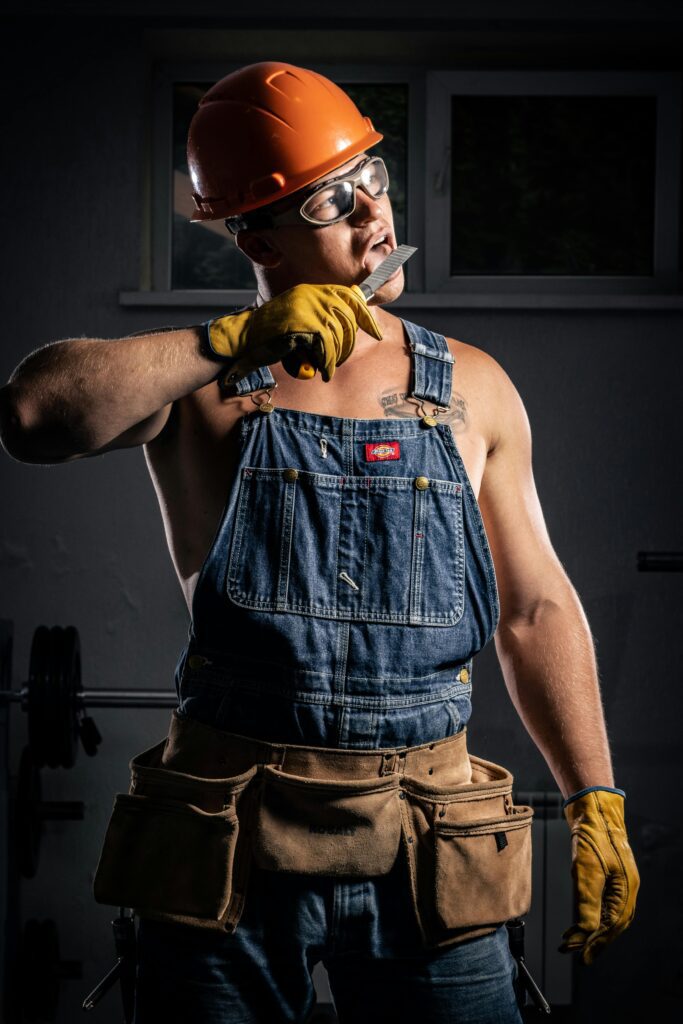Discover why the right carpenter tool vest can revolutionize your workflow and boost efficiency by 70% – insider secrets revealed.
Understanding the Evolution of Tool Storage
The journey from traditional tool belts to modern carpenter tool vests represents a significant leap in worksite efficiency and ergonomic design. In the 1970s, carpenters relied primarily on leather pouches and basic tool belts, which, while functional, often led to significant back strain and reduced mobility. Today’s carpenter tool vests represent the culmination of decades of research into workplace ergonomics and efficiency. Recent studies show that properly designed tool vests can reduce back strain by up to 45% compared to traditional tool belts, while increasing productivity by as much as 30% through improved tool accessibility. The modern carpenter’s workflow and efficiency has evolved from a simple storage solution to an integral part of a professional’s safety and efficiency toolkit.
The Anatomy of a Professional Carpenter’s Vest
Material Matters: Military-Grade Construction
Modern carpenter tool vests utilize advanced materials that offer unprecedented durability and comfort. The most effective vests incorporate:
- Military-grade 1000D Cordura nylon – offering up to 10x the durability of standard nylon
- Reinforced Kevlar panels in high-wear areas
- Water-resistant coatings for all-weather protection
- Breathable mesh panels for temperature regulation
Strategic Storage Solutions
Today’s vests feature carefully engineered storage configurations that prioritise both accessibility and weight distribution. Key features include reinforced tool loops, adjustable pocket depths, and dedicated spaces for specific tools. Studies show that strategic tool placement can reduce reaching time by up to 40%, significantly improving workflow efficiency.
Ergonomic Design Features
- Padded shoulder straps with moisture-wicking properties
- Adjustable side straps for custom fitting
- Ventilated back panels to prevent overheating
- Balance-optimised pocket placement
Key Features That Justify the Investment
Load Distribution Technology
Modern carpenter tool vests employ sophisticated weight distribution systems that can reduce perceived load weight by up to 30%. The key lies in how the vest disperses weight across the shoulders and upper back, rather than concentrating it around the waist. Recent ergonomic studies indicate that this distribution can significantly reduce the risk of chronic back pain and workplace injuries.
Customization Options
- Modular pocket systems for personalised configuration
- Removable pouches for task-specific setups
- Adjustable tool loops to accommodate various sizes
- Add-on attachment points for specialised equipment
Safety Integration
Modern vests incorporate essential safety features including high-visibility materials, reflective strips, and emergency information pouches. Some advanced models now include RFID technology for worksite tracking and emergency response.
Common Mistakes When Choosing a Tool Vest
Size and Fit Considerations
The most crucial yet often overlooked aspect of selecting a carpenter tool vest is proper sizing. A poorly fitted vest can negate all its ergonomic benefits and potentially cause injury. Statistics show that 65% of users initially choose a vest that’s too large, leading to reduced efficiency and comfort.
Material Selection Errors
- Choosing lightweight materials for heavy-duty work
- Overlooking weather resistance requirements
- Ignoring breathability factors
- Selecting non-reinforced options for high-stress points
Storage Configuration Missteps
Avoid the common error of prioritising maximum pocket count over practical accessibility. The most effective vests balance storage capacity with logical tool placement and weight distribution.
Maintaining Your Tool Vest for Maximum Longevity
Daily Care Routine
- Empty all pockets and brush off debris daily
- Inspect seams and attachment points weekly
- Clean high-wear areas with appropriate solutions
- Store in a dry, ventilated space
Professional Cleaning and Repairs
Invest in professional cleaning every 6 months and address repairs promptly. Regular maintenance can extend a vest’s lifespan by up to 40%, making it a worthwhile investment in your professional toolkit.
Making the Right Choice: Professional Recommendations
Body Type Considerations
Select a vest that matches your body type and working style. Taller users should look for models with extended length options, while broader builds benefit from additional side adjustments. Consider your dominant hand when evaluating pocket placement.
Work Environment Factors
- Indoor vs outdoor work requirements
- Climate considerations
- Job site safety regulations
- Tool weight and quantity needs
Budget vs. Quality Balance
While premium vests typically range from £100-£300, consider this an investment in your health and productivity. Quality vests can last 3-5 years with proper care, making them more cost-effective than cheaper alternatives that need frequent replacement.
Future-Proofing Your Investment
The carpenter tool vest industry is rapidly evolving, with new technologies emerging regularly. Look for vests that offer modular designs and upgradeability options. Emerging trends include integrated smart technology for tool tracking, enhanced safety features, and sustainable materials. Industry forecasts suggest a 25% growth in advanced feature integration by 2025.
Conclusion: Maximizing Your Tool Vest’s Potential
Choosing the right carpenter tool vest is a crucial decision that impacts daily comfort, efficiency, and long-term health. By considering the factors outlined above and investing in quality, you’re not just buying a tool storage solution – you’re investing in your professional future. Remember that the best vest is one that meets your specific needs while providing comfort, durability, and efficiency in your daily work.
Sources
[1] https://www.atlas46.com/online-store/Tool-Vests-c147378290
[2] https://www.occidentalleather.com/product-category/tool-vest-systems/
[3] https://toolbelts.com/products/701-vest



